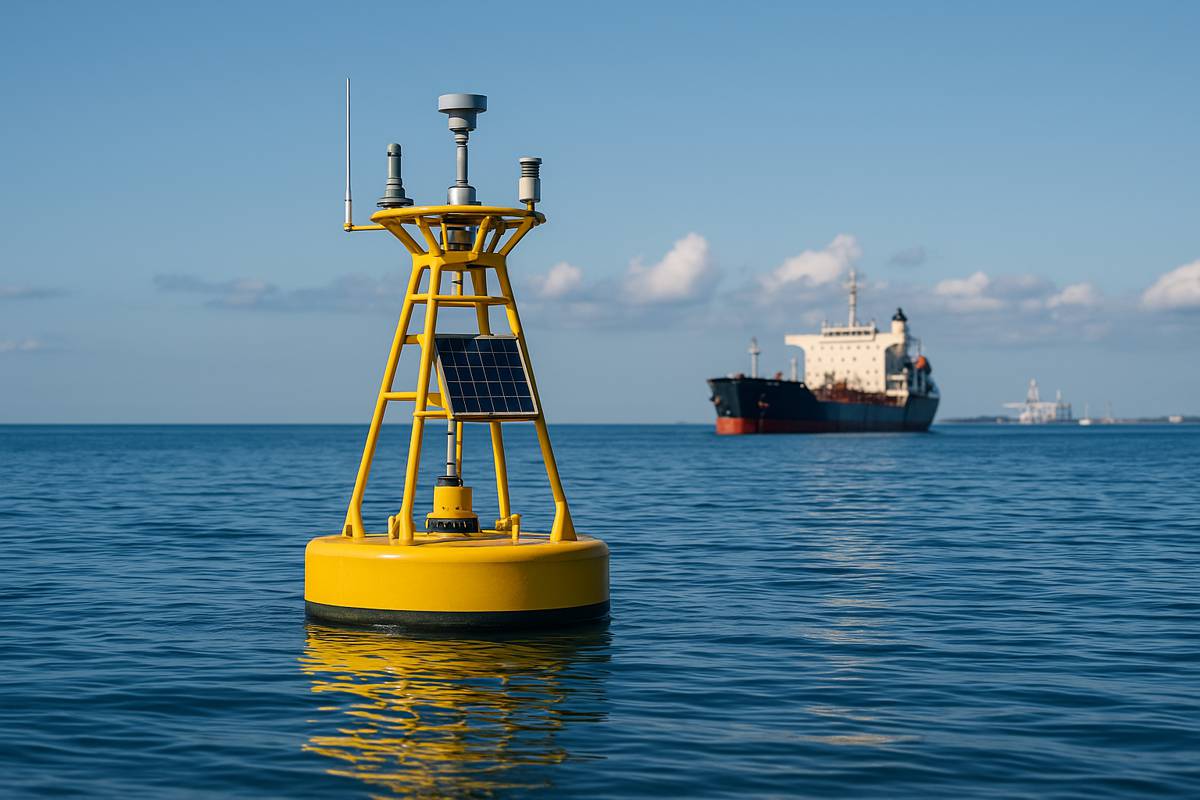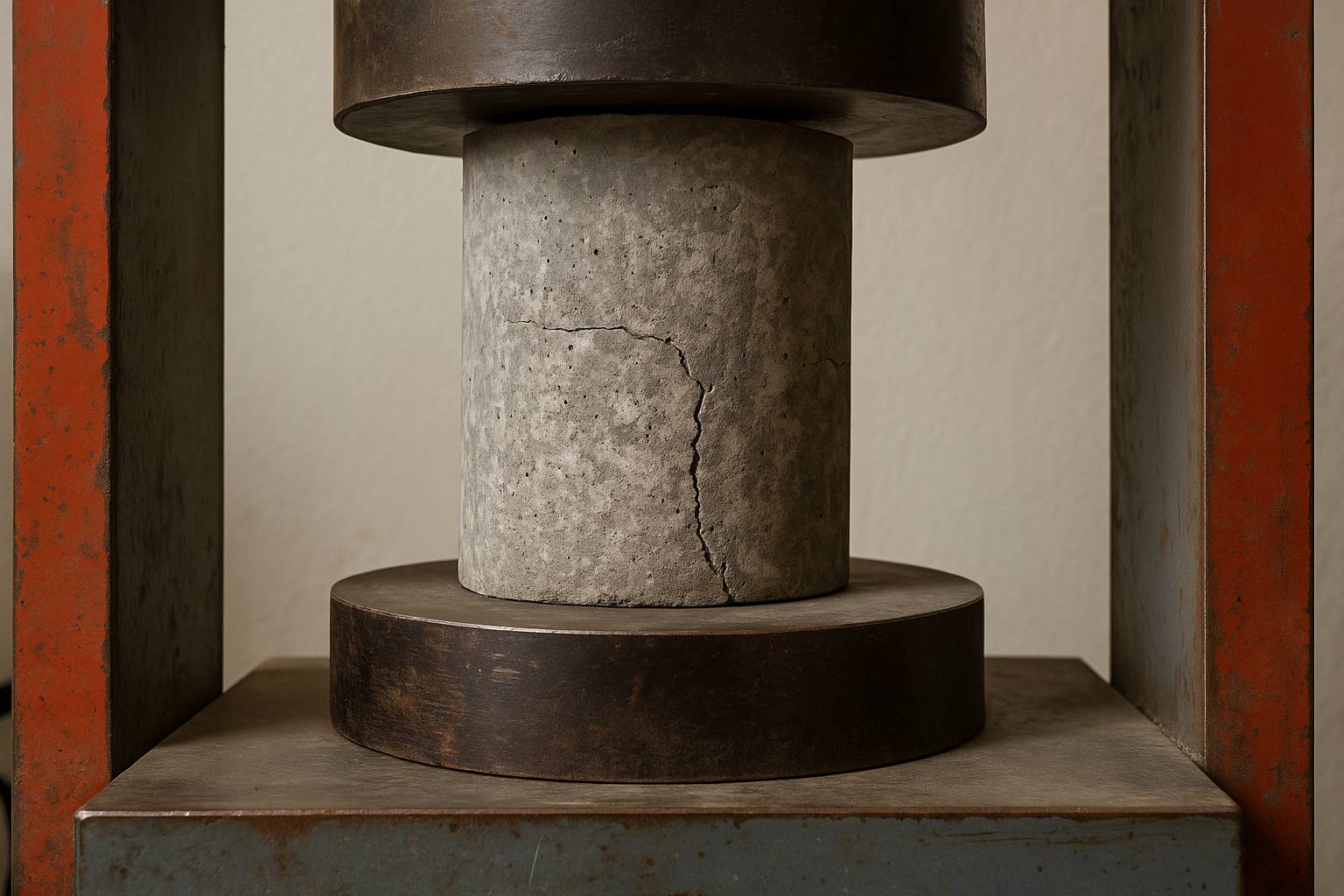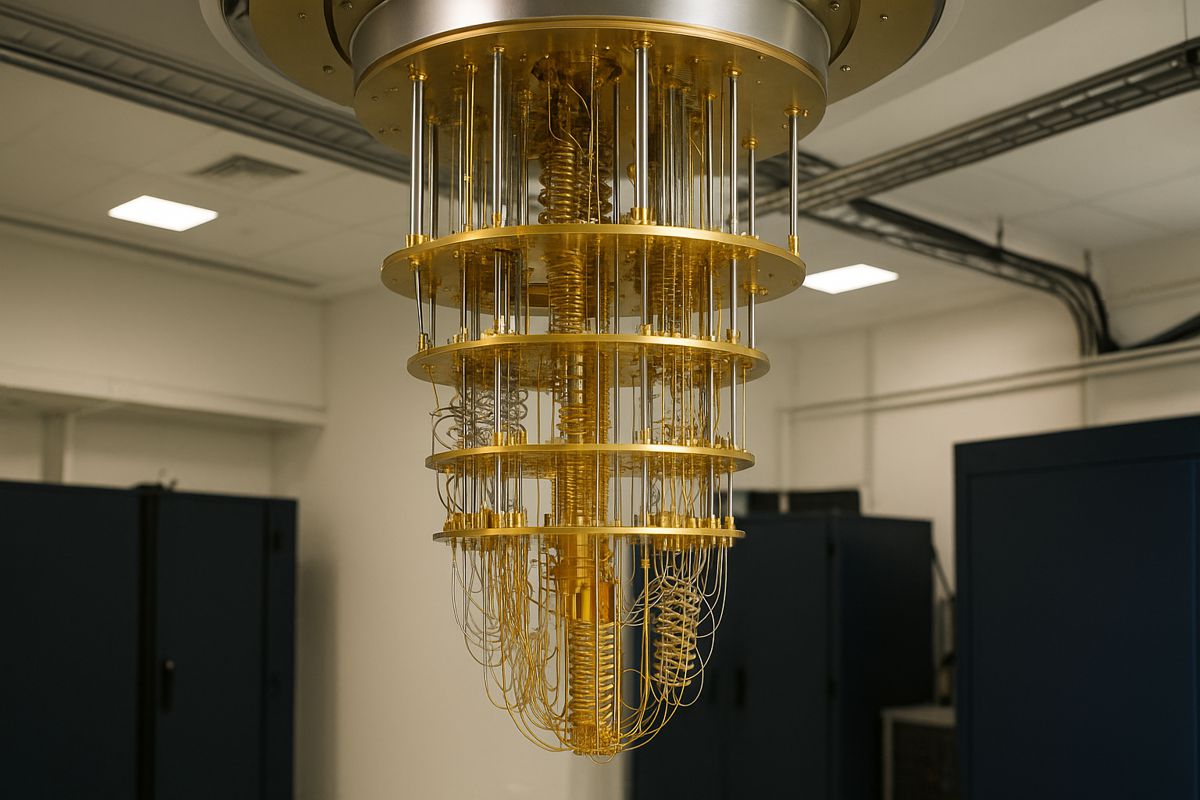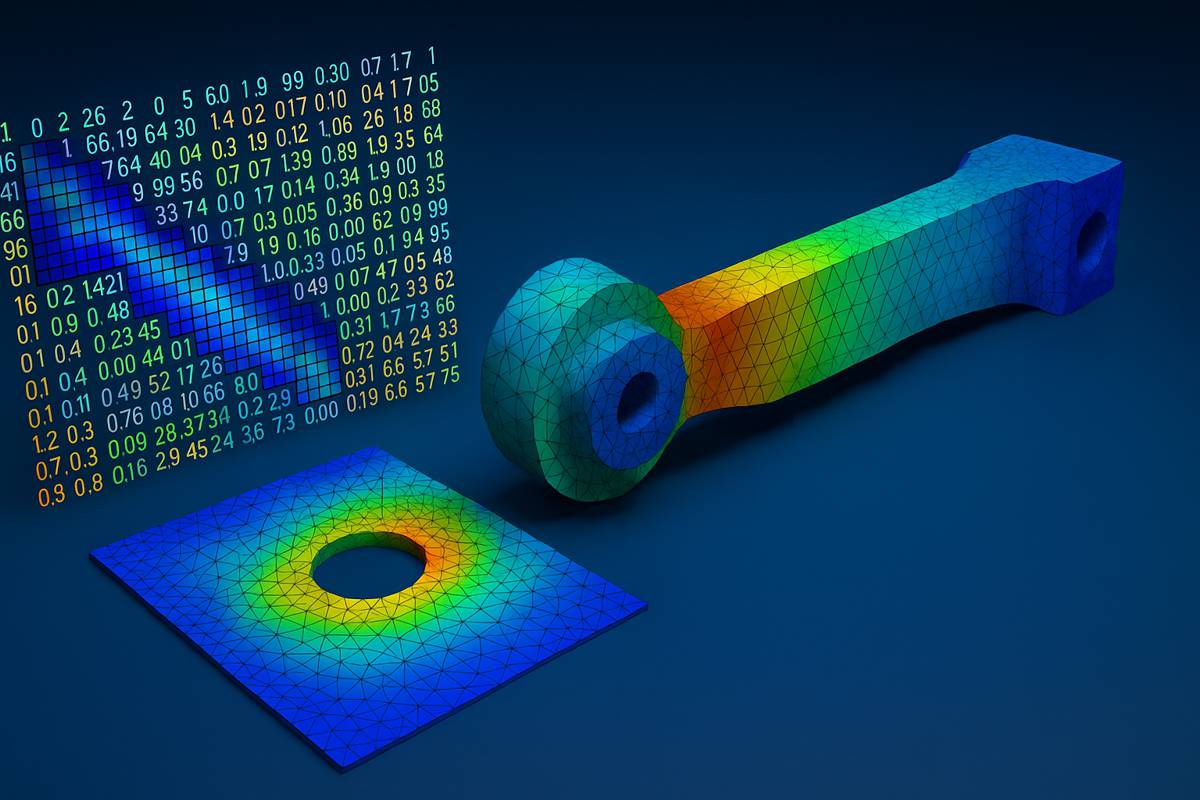Maritime IoT Breakthrough Creates a Digital Ocean
South Korea has taken a decisive step towards shaping the future of connected oceans by validating the world’s first real-world Maritime Internet of Things communication network. The successful verification of this system marks a remarkable milestone, proving that a dedicated maritime IoT network can reliably collect environmental, navigational and safety data at sea. It also establishes a technical foundation that could redefine how nations manage coastal infrastructure, marine assets and climate intelligence.
Korea’s achievement has been led by the Electronics and Telecommunications Research Institute, which built and tested the network across the West and South Seas. The system demonstrated stable communication performance over distances of up to 35 kilometres while connecting 30 devices simultaneously. Notably, this is the first test in a real maritime environment using IoT international standard technologies defined by the 3rd Generation Partnership Project.
ETRI explains that this moment goes beyond technical validation. It confirms that reliable, low-power, standardised IoT communication can now extend far offshore: “The world’s first verification of an MIoT communication network in the actual ocean is not just a technology demonstration, but also a foundation for the creation of new industries based on maritime big data and the expansion of national maritime safety infrastructure.”
Building A Big Data Backbone For The Ocean
The newly validated network is designed to act as the backbone for a vast marine data ecosystem. By connecting low-power sensors fitted to ships, ports, aquaculture sites, lighthouses, buoys, and coastal structures, the MIoT platform will enable a continuous stream of maritime information.
Researchers confirm that the system will support a wide range of data types, including ecological indicators, environmental conditions, wave and weather information, as well as operational status updates from coastal facilities. These datasets can be shared with national institutions in near-real time, creating opportunities for predictive maintenance, improved environmental oversight and more responsive safety systems.
In the longer term, the network could underpin wider resilience strategies, including early warning systems for severe weather, monitoring for pollution incidents and supporting marine protected area management.
Deployment Across Korea’s Coastline
ETRI constructed an independent MIoT network using the 450 MHz public frequency allocated by the Ministry of Oceans and Fisheries in 2023. The choice of frequency band, traditionally used for reliable long-distance communications, allowed the research team to maximise coverage while maintaining low power requirements for sensors.
In June, the institute installed a base station at Odongdo Lighthouse in Yeosu and placed 30 terminals across key points, including test buoys. The system successfully transmitted real-world operational data. Another deployment followed in August, when ETRI installed a base station at Maldo Lighthouse in Gunsan and distributed terminals across additional ports.
These trials produced impressive communication ranges, including 27 kilometres between Odongdo and Nangdo, and 35 kilometres between Maldo and Janghang.
Proving Large-Scale Connectivity
Once connected, each device consistently transmitted GPS positioning, lighting status, shock detection alerts and battery levels every three minutes. The seamless synchronisation of all 30 devices demonstrated the network’s robustness. Additional testing revealed that as many as 1,000 devices could connect simultaneously using commercial equipment.
Such density is essential for maritime operations. Ports, offshore facilities and large fleets require the ability to manage hundreds or thousands of devices without losing reliability or overloading the network.
The institute’s success has placed Korea several steps ahead in the race to build industrial-scale MIoT systems, and global interest is already building.
A Purpose-Built Maritime Network
The architecture developed by ETRI differs from traditional terrestrial NB-IoT systems. Built as a standalone network, it incorporates technologies optimised for marine environments, such as low-power communication modes and prioritised messaging for safety-critical applications.
The system is also designed to complement existing maritime communications, including LTE-Maritime, which focuses on higher-bandwidth transfer. By integrating low-power MIoT with high-throughput systems, Korea aims to create a dense, multilayered communication ecosystem similar to terrestrial networks.
This approach opens the door to tracking small vessels, monitoring life jackets and rescue gear, and managing isolated structures such as unmanned islands and navigation aids.
Supporting National Digital Transformation
The International Association of Marine Aids to Navigation and Lighthouse Authorities has already started preparing international standards for MIoT. Korea is positioning itself to drive this new sector. Government frameworks, including the Third Basic Plan for Navigational Aids to Navigation and the Marine Navigation Information System Innovation Strategy, emphasise the establishment of national MIoT coverage as a core policy priority.
This public-private alignment could enable Korea to host the International Cooperation Center for Navigational Aids and boost exports of maritime communication technologies.
Lee Moon Sik, Assistant Vice President of the Satellite Communication Research Division, notes the importance of securing national radio spectrum for offshore IoT innovation: “Securing a public frequency to implement a standalone maritime IoT network in the actual ocean and demonstrating a maritime IoT communication network based on smart navigation aids is a first in Korea and an unprecedented achievement internationally.”
Preparing For Nationwide Deployment
ETRI aims to build pilot MIoT networks across the East, West and South Seas by 2026, expanding to full national coverage after 2030. Ongoing refinements will address commercialisation, scalability and integration with existing systems.
The research forms part of Korea’s broader investment in resilient maritime infrastructure. Supported by the Ministry of Oceans and Fisheries and the Korea Institute of Marine Science and Technology Promotion, the work brings together several agencies focused on navigational safety, telecommunications and research.
Strengthening Global Competitiveness
The outcome positions Korea as a leader in the emerging maritime IoT sector. With nations facing increasing pressures from climate change, coastal degradation and rising maritime activity, demand for connected ocean technologies is expected to accelerate.
ETRI’s successful trials set a benchmark for international competitors. Countries seeking to expand port automation, maritime surveillance and environmental monitoring may look to Korea’s model as a template for their strategies.
A Step Toward Intelligent Oceans
As maritime industries worldwide push for digital transformation, Korea’s achievement delivers compelling evidence that MIoT networks can thrive in real ocean conditions. The research also demonstrates the value of dedicated, low-power, standard-compliant systems capable of operating at scale.
The project showcases how information-rich maritime environments could soon become the global standard, delivering safer seas, cleaner coastal ecosystems and stronger economic opportunities.




















